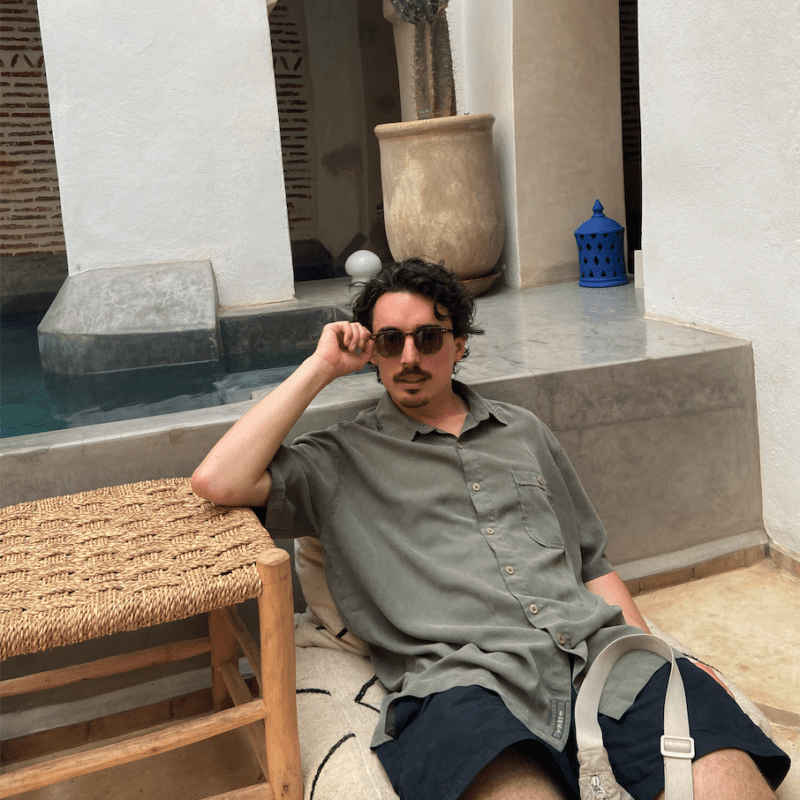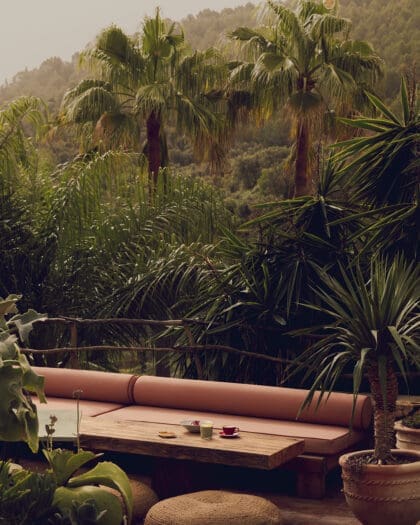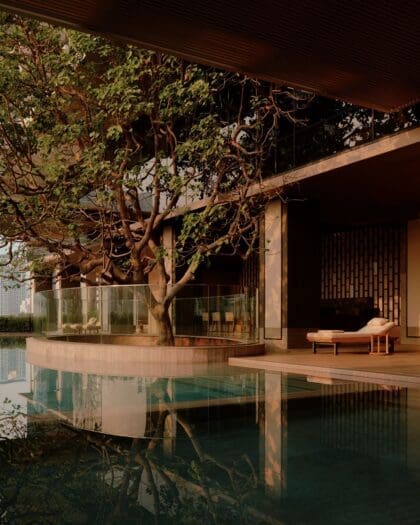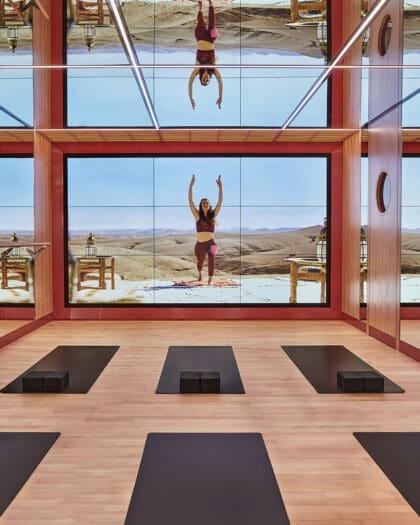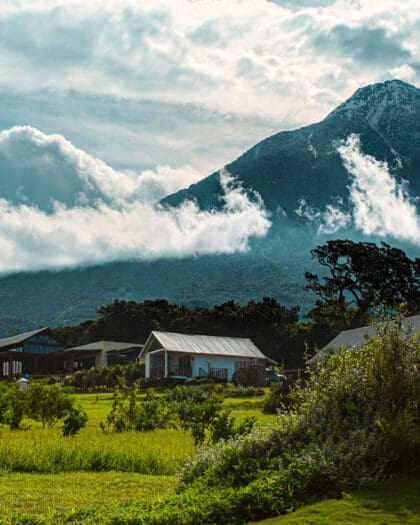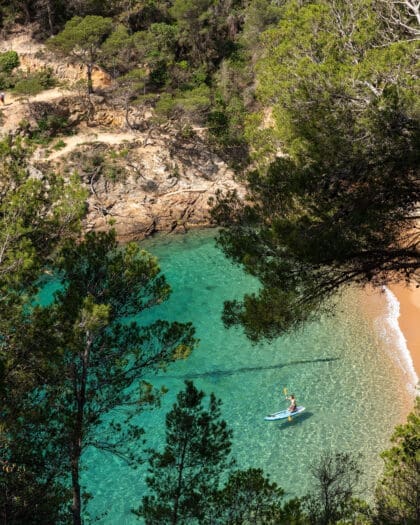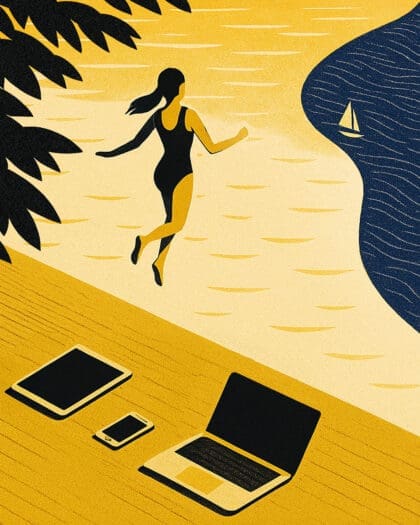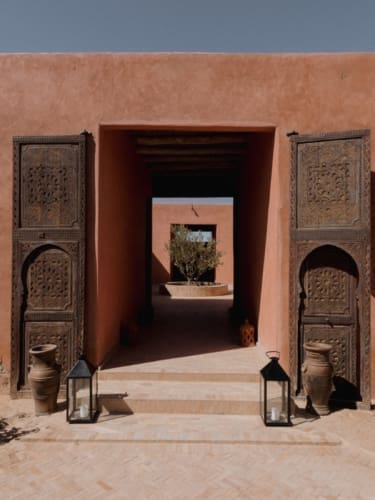
Dunes, lagoons, and seafood at Caravan Dakhla, Morocco
In the latest instalment of our Different By Design series, we stay at Caravan Dakhla, a Moroccan desert hideaway and kitesurfing destination, at the meeting point between the Atlantic and Sahara
Unless you’re a kitesurfer, chances are you haven’t heard of Dakhla. The small peninsula sits on the edge of the Sahara, jutting out into the Atlantic Ocean, and sheltering a vast sandy lagoon against the West African coast. The particular geography makes it a kitesurfing paradise: shallow waters, consistent northerly winds, warm weather, and sun year round, surrounded by otherworldly desert landscapes.
Dakhla is in the Western Sahara, a disputed territory that is mostly administered by Morocco, with 20 per cent of the territory claimed by the Sahrawi Arab Democratic Republic. To get there requires connecting in Casablanca in North Morocco and catching a two-hour flight south to Dakhla.
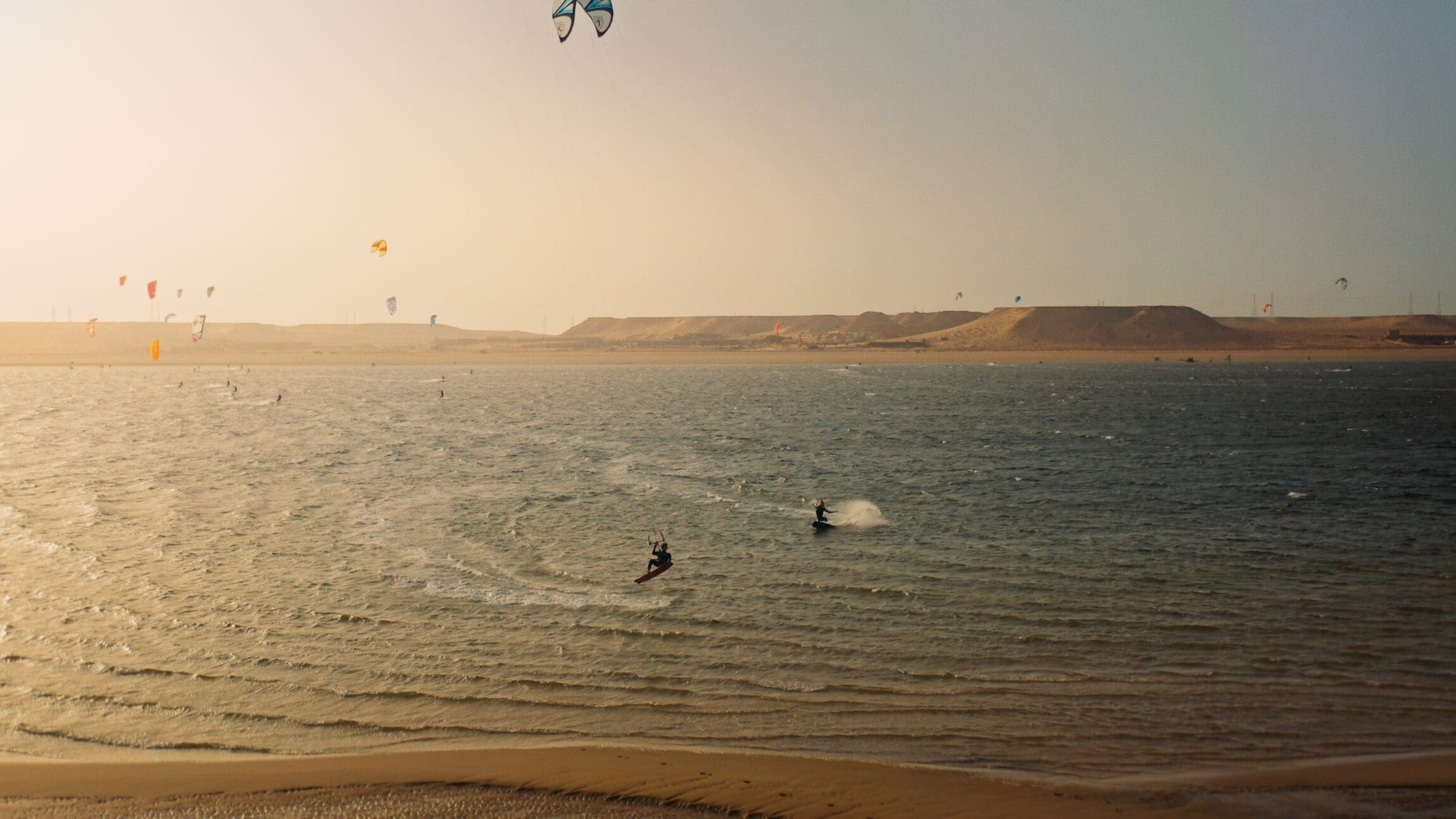
Caravan Dakhla by Our Habitas opened in 2023 along a sheltered stretch of the lagoon. It’s the global hotel group’s second location in Morocco, joining Caravan Agafay to the north. The two destinations are part of Our Habitas’s sustainable and adventure-focused hotel experience, which was first launched in 2021 alongside their global impact initiative RISE, which supports local communities, creates jobs, and gives back to social and environmental causes in the regions they operate.
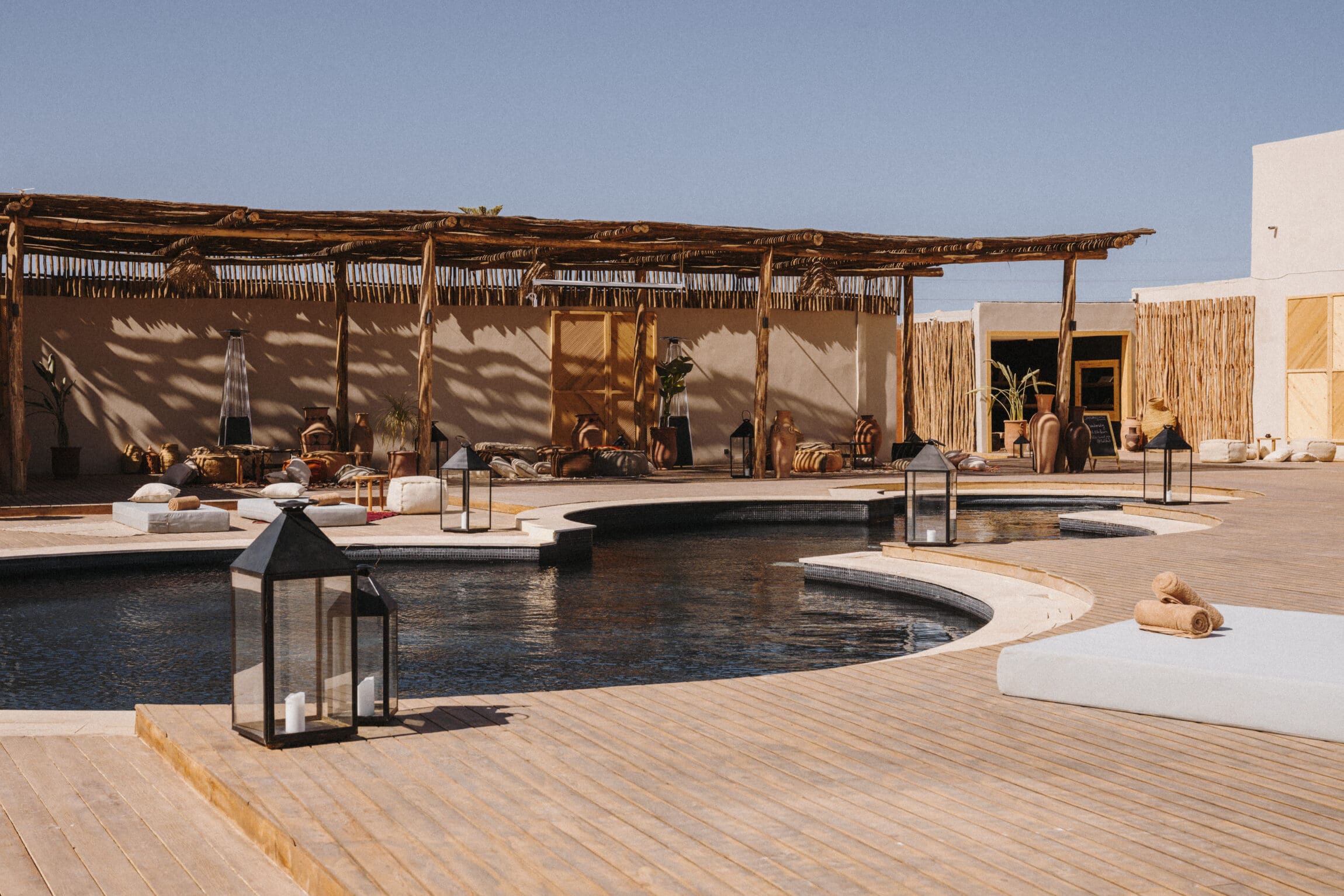
The hotel’s position is perfectly suited to kitesurfing: it faces east towards a small portion of the lagoon that’s enclosed on three sides by sandy beaches, meaning you can ride downwind for as long as you want and hop off onto dry land to your left or right whenever you wish, without having to beat upwind.
Alongside these unique draws, Caravan Dakhla conjures such a laidback sense of luxury that it’s entirely possible to stay while never once setting foot in the water. The hotel’s design is sensitively in keeping with the desert setting: only arid local species such as palms and cactuses are grown in the grounds, and the dunes extend right up to the reception floor, where the sand is raked around armchairs and cushions in enchanting patterns. Upon arrival for a recent stay, the hotel’s head of concierge, Mahfoud, led my partner and I through a welcome ceremony here. We sipped iced hibiscus and ginger tea while Mahfound sprinkled fragrant jawi powder to smoulder on hot coals in a small brazier. We gathered sand and poured it from our clenched palms into a wooden box to symbolise the letting go of our fears, before walking up to the terrace and releasing them into the immutable wind.

The rooms and communal areas
The hotel’s 24 rooms are enclosed either in their own self-contained lodges, whose expansive glass fronts face the lagoon, or arranged around a riad-style courtyard, where pink plastered walls, Berber carpets, woven light shades, tadelakt bathrooms and terracotta ceramics lend a warm, inviting tactility to the stay. In the central part of the hotel, an outdoor cocktail bar, lounge area and several comfy cabanas are dotted around a tranquil pool, and a restaurant is arranged beneath a soaring wood-beamed ceiling, where woven lampshades hang and little birds flitter in and out during breakfast.
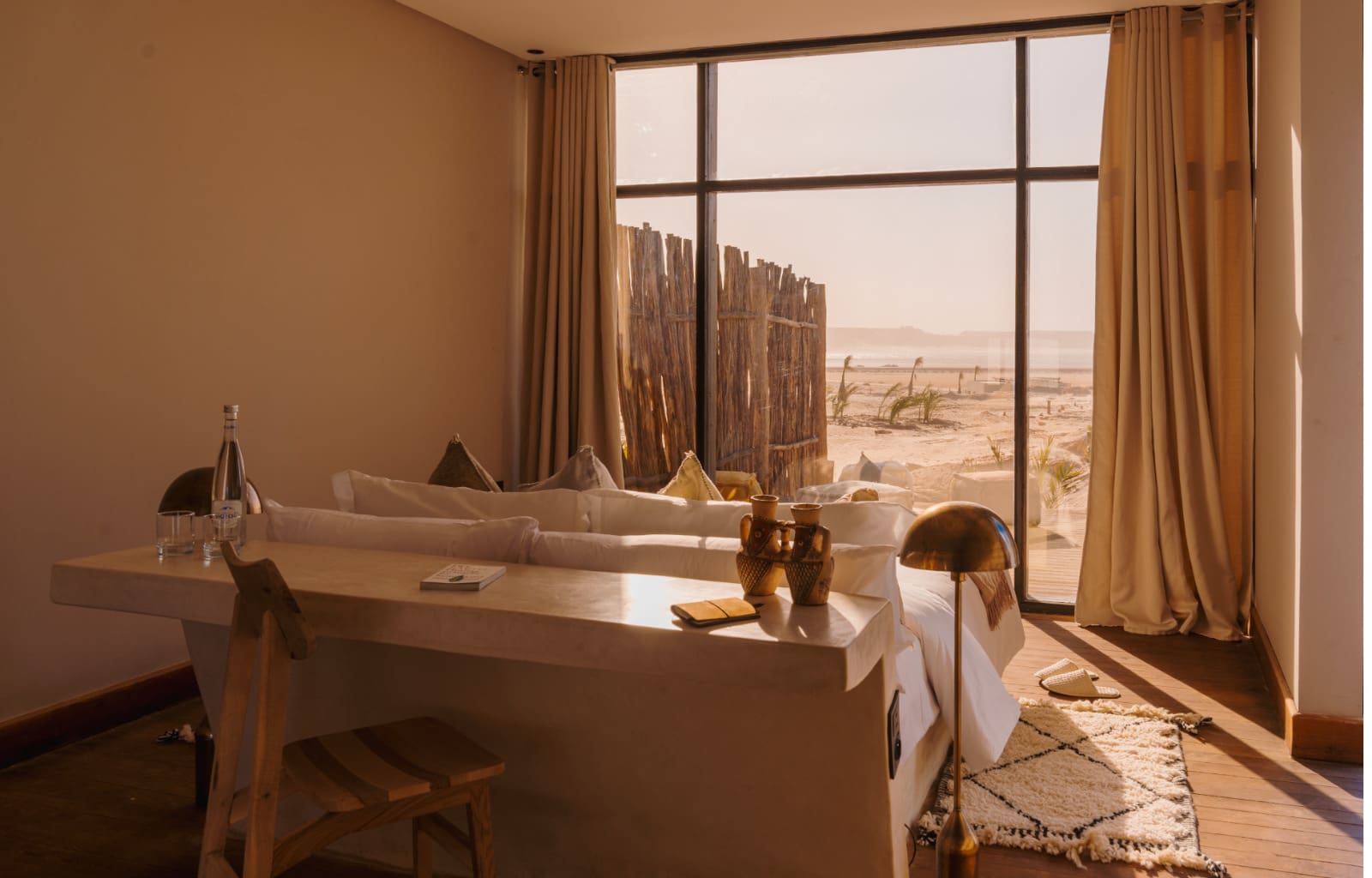
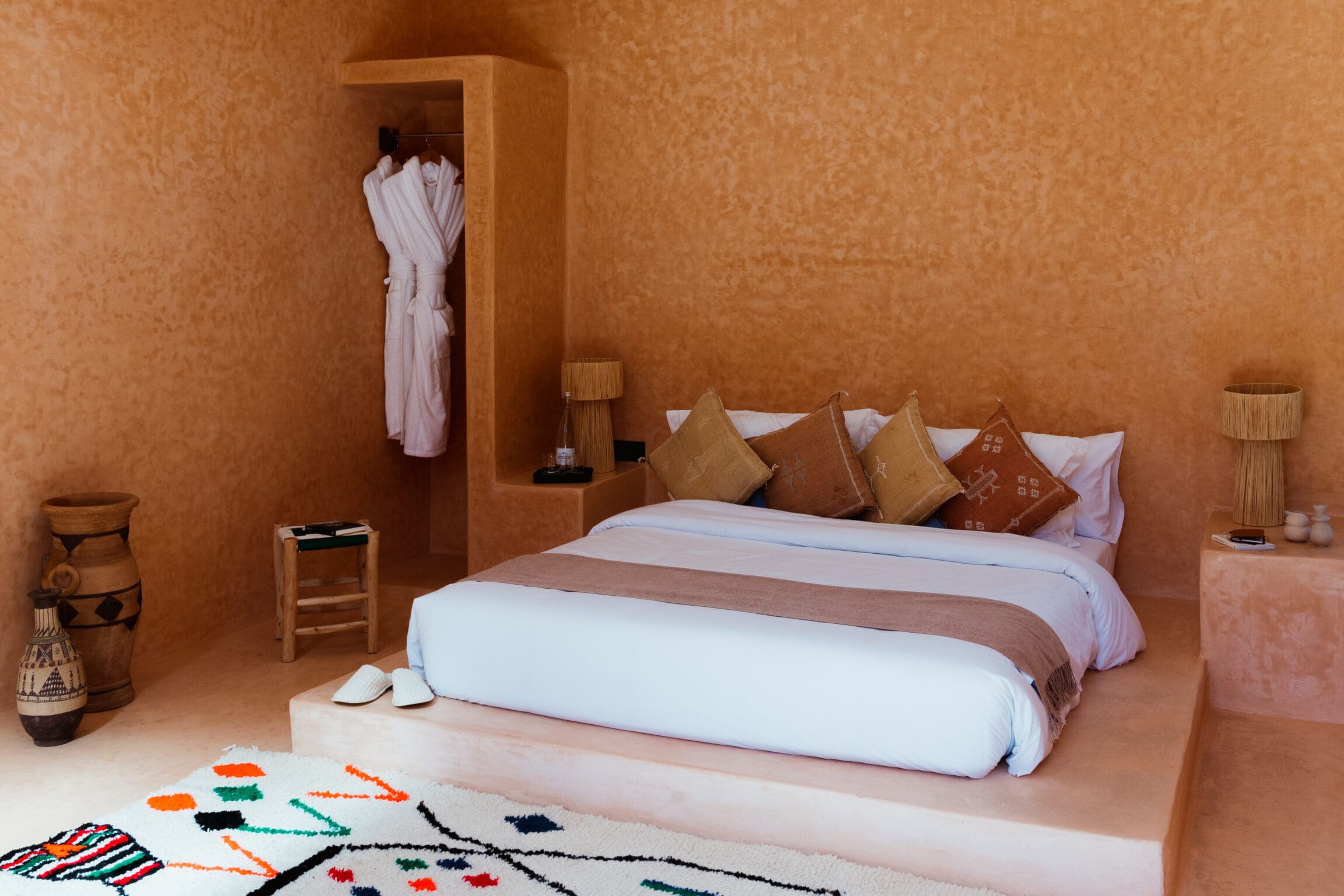
The restaurant
The restaurant, Levante, produces outrageously good food. Seafood is the real highlight, especially the local oysters, which Dakhla Lagoon is known for. The menu is put together with a Central and South American slant, featuring dishes like ceviche, crispy fish tacos, and arepa. The team demonstrated an unwavering attention to detail: upon ordering the octopus one night, the waiter told us the chef wasn’t happy with the quality of the catch that day, so made the call to remove it from the menu. When we did have it the next day, it was fresh, lightly charred, and served with creamy polenta, a smoky baby aubergine, and a light chimichurri sauce. On another evening before dinner, a tray of over a dozen local oysters were brought out, garnished immaculately with finely chopped onion, soft avocado, fresh coriander, salmon roe, and sharp squeezes of lime juice.
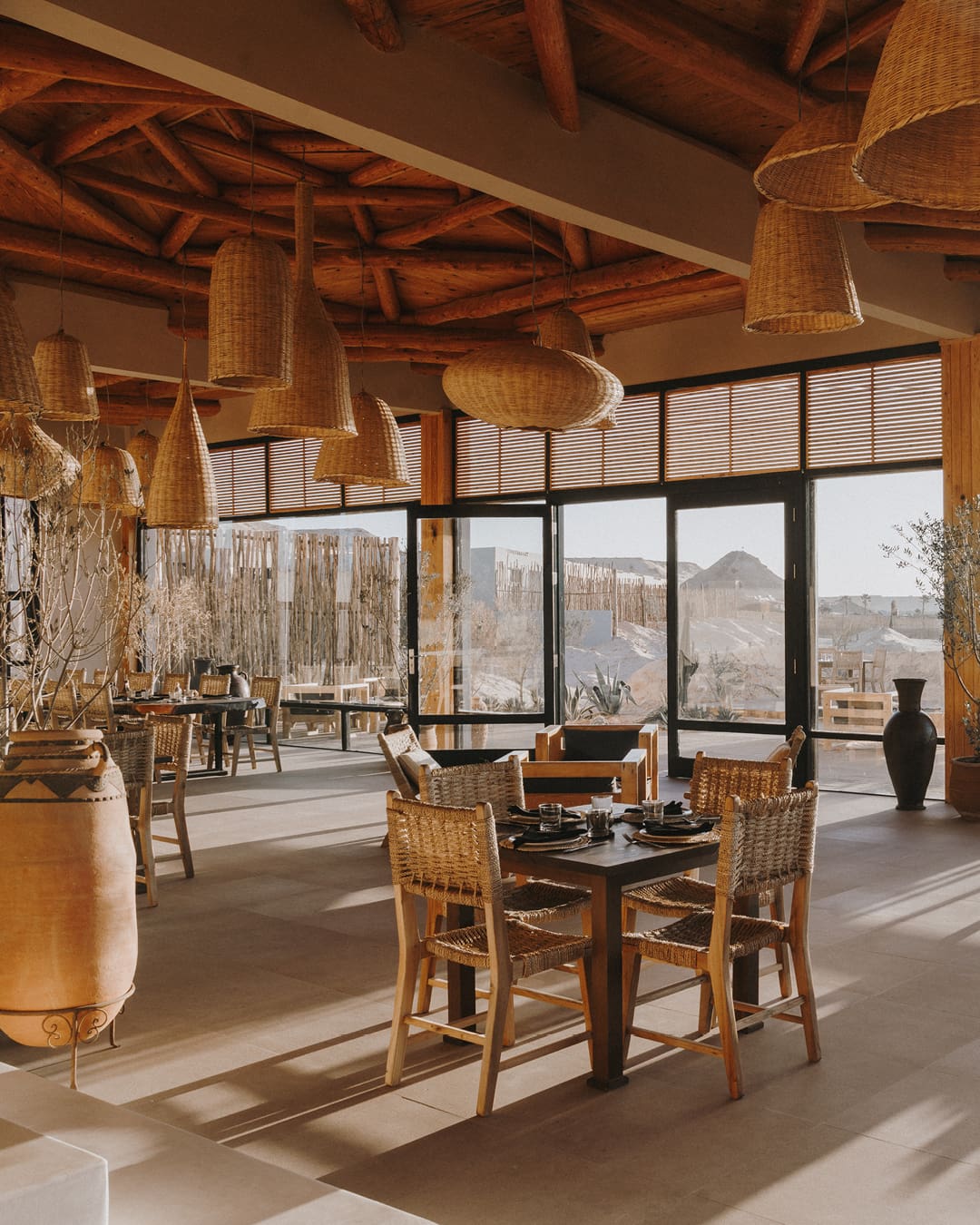

This attention to detail is equalled in the level of service. If you find yourself relaxing at any point by the pool, a member of the team will politely check in on you in no time, offering a bowl of cashews, almonds and pistachios as sure as the Atlantic wind blows down the lagoon. Cinema nights are held in the outdoor lounge area by the bar, yoga classes can be attended on the terrace, and massages are offered in a small, tranquil treatment room next to reception.
Exploring the desert lagoon
Excursions through the desert can also be arranged. One afternoon, we headed out on a quad bike and dune buggy with a local guide to find the White Dune – a local landmark on the edge of the lagoon. We drove over deep drifts, dirt roads and compacted earth, through empty expanses of pale white sand with nothing in any direction other than distant dunes fading in the haze. We climbed up over a steep ridge of sand and saw the blue lagoon stretching away below. We descended, passing through more stark lunar landscapes before arriving at the White Dune. It rose up out of the flat desert in a curving crescent shape sculpted by the wind, high above the water’s edge. We climbed the dune and watched kite surfers gliding over the water below, launching into intricate aerial spins as they changed direction. There wasn’t a single building or human structure visible along the whole curving coast. A kite surfer sat down next to us at the top of the dune, already strapped into his board. He slipped his huge rucksack off his shoulders and launched himself into the air, gliding down and landing several metres below on the surface of the water.
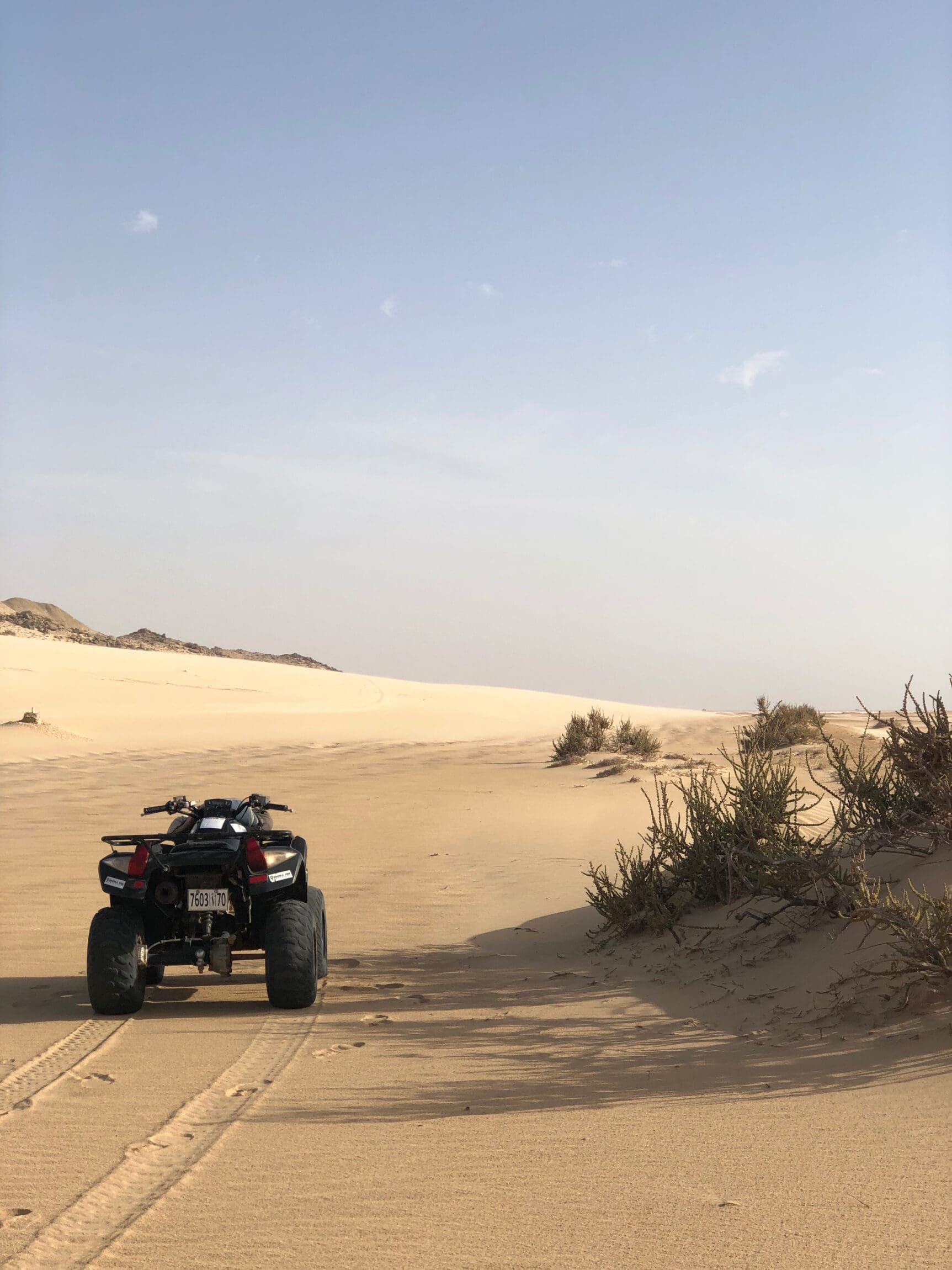
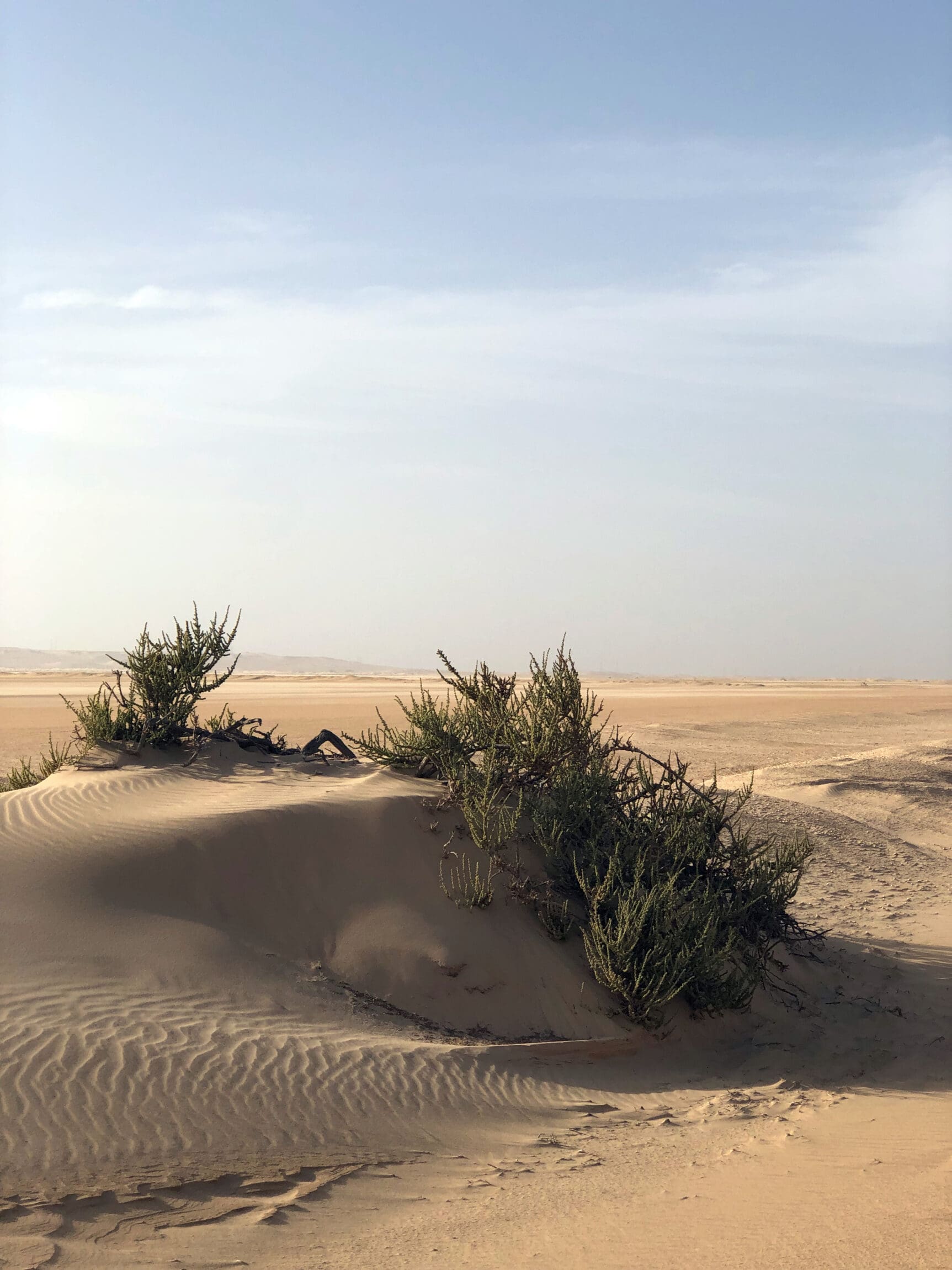
For most visitors to Dakhla, this is the main draw: wind and waves. And Caravan Dakhla has everything you need to take full advantage of these qualities. The hotel has partnered with kitesurfing brand Naish to offer a kitesurfing school on the grounds, where experienced Naish-sponsored instructors take guests out for lessons on the lagoon, teaching them everything from the basics of how to operate a kite, to advanced and expert skills like jumping and hydrofoiling. Marouan, an instructor there, taught me as a complete beginner with patience, skill and good humour, and encouraged me when I lacked confidence.

The verdict
If you’re part of the global kitesurfing community, your trip to Dakhla is probably already a certainty. But Caravan Dakhla is entirely worth visiting if you don’t surf, to take in the tactile, laidback design of the place, the incredible food, the warmth of the team, and the easy, understated luxury of kicking back in this otherworldly setting, caught between the two flowing expanses of the Atlantic and the Sahara.
Price
Desert riad rooms start from 1650 MAD (166 USD), including food, drink and taxes. For every guest that stays at Caravan Dakhla, Our Habitas donates 10 USD to their RISE fund to support local sustainability and social initiatives.
